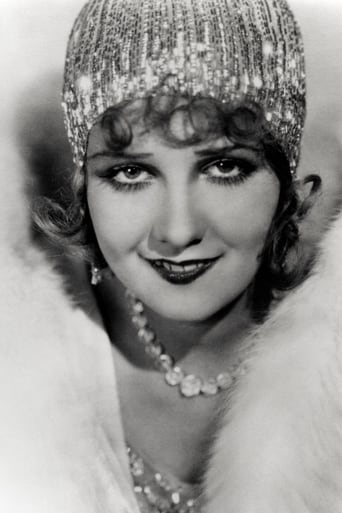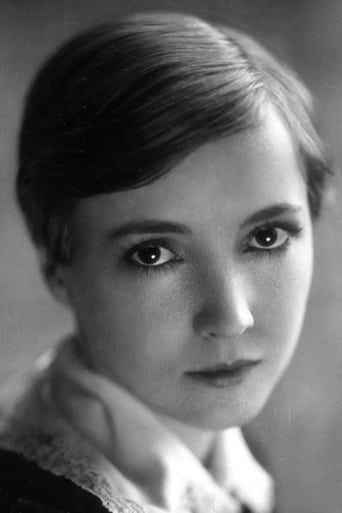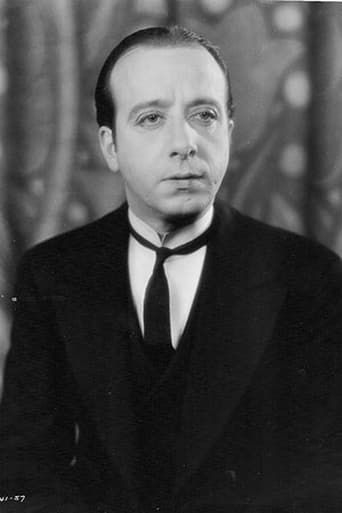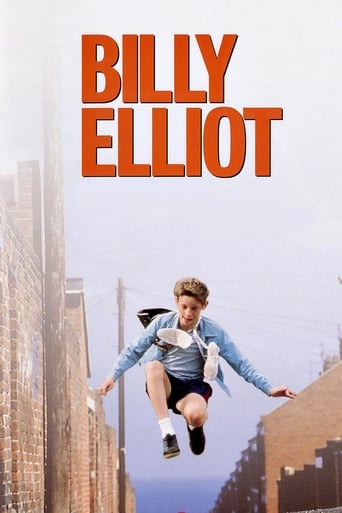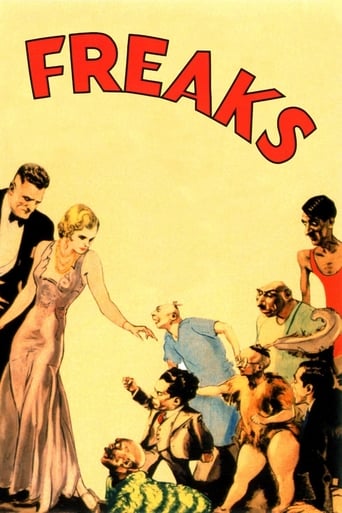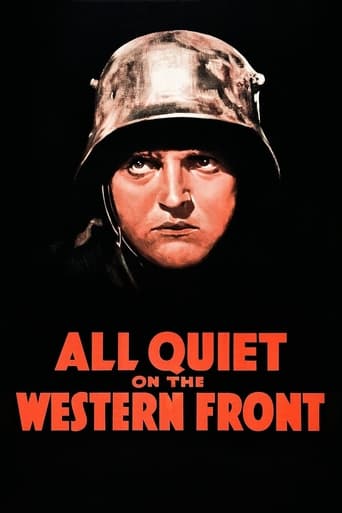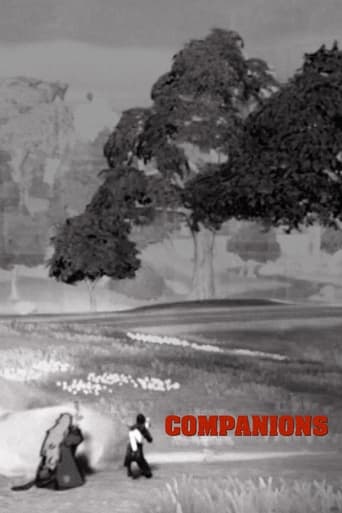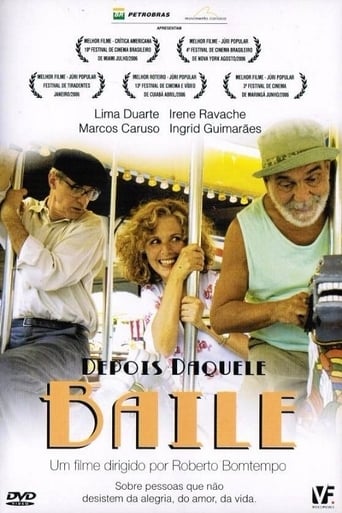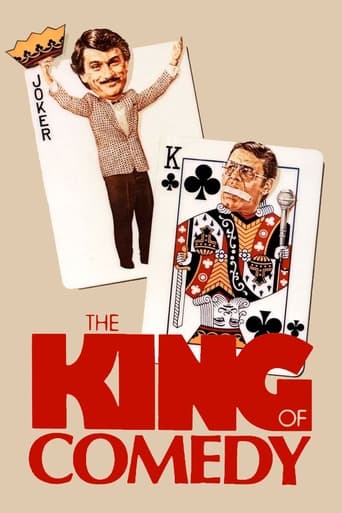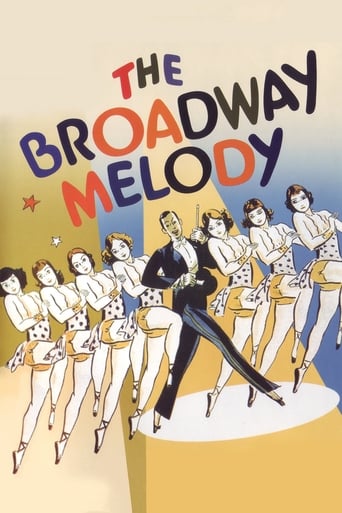
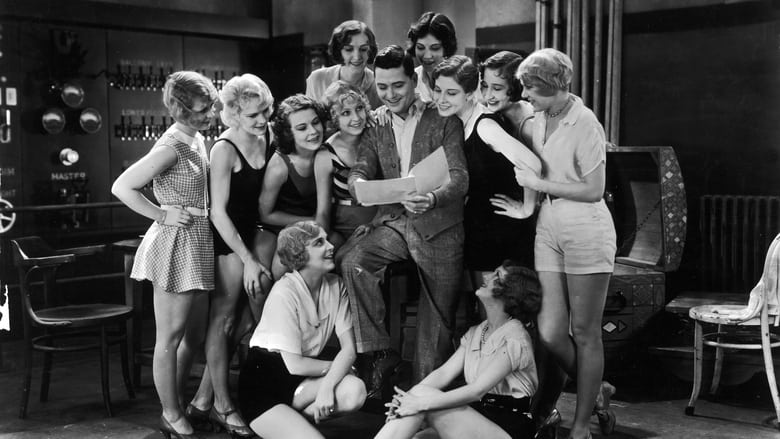
The Broadway Melody (1929)
The vaudeville act of Harriet and Queenie Mahoney comes to Broadway, where their friend Eddie Kerns needs them for his number in one of Francis Zanfield's shows. When Eddie meets Queenie, he soon falls in love with her—but she is already being courted by Jock Warriner, a member of New York high society. Queenie eventually recognizes that, to Jock, she is nothing more than a toy, and that Eddie is in love with her.
Watch Trailer
Cast
Similar titles


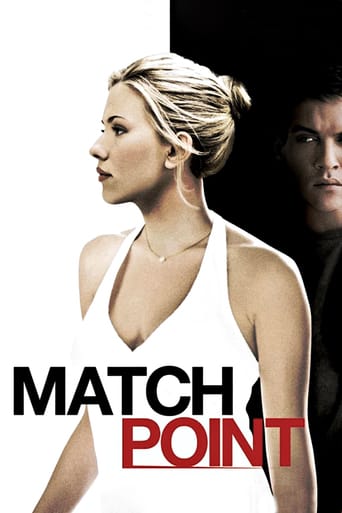
Reviews
I wanted to but couldn't!
good back-story, and good acting
Although it has its amusing moments, in eneral the plot does not convince.
One of the most extraordinary films you will see this year. Take that as you want.
NOTES: Re-made (in a considerably cleaned-up version) by MGM in 1940 as "Two Girls On Broadway: with Lana Turner, Joan Blondell and George Murphy.COMMENT: Bessie Love brings Hank to vibrant life. This was her only acting nomination in a screen career that started with a bit part in "The Birth of a Nation" (1915) and continued right through to 1983. It takes talent indeed to so effectively portray a feisty vaudeville artist with such a grossly exaggerated opinion of her own ability. When the Ziegfeld-like character peremptorily decides to cut her number, our sympathies are all with him. He's dead right. Her act might go over okay in Hicksville, but on Broadway it signally lacks class, style and even a touch of elementary pizazz. Yes, Bessie's is a brilliant performance indeed, requiring just the right balance between aspiration and actuality. Although superbly calculated, her go-getting Hank almost always seems too natural and true-to-life. It's only when she breaks down and tearfully erases the make-up that artifice appears to get in the way. Oddly, this was the only scene that NYT critic Mordaunt Hall liked. That's sure a good example not only of the way acting styles change but of the way they impact upon and engage an audience. My daughter won't watch any movies made before 1935. She doesn't like the acting. "People don't talk like that in real life!" she claims. That's very true. But it also happens to be equally true of today's movies and television. The acting styles are totally different, yes. But our friends and neighbors still don't talk that movie way in real life. We just imagine they do!Anita Page, Hollywood's reigning love goddess of 1929 (only Greta Garbo received more fan mail), remains an unqualified delight. She looks the part, she acts the part, and even her scratchy, uncultured voice is just perfect. Like Miss Love, she was unable to capitalize on her role. You can no more make a career portraying beautiful, untalented showgirls than you can feisty, untalented hoofers. Miss Page retired from films in 1936. Sixty years later, however, she made a comeback, appearing in Sunset after Dark (1996), The Crawling Brain (2002), and Bob's Night Out (2004).Oddly, the one genuine vaudeville talent in our star trio, Charles King, (he of the ingratiating voice and charismatic manner), had the shortest Hollywood career of all. He made his debut in this film, then joined Marion Davies in Metro-Goldwyn-Mayer's disastrous "Five O'clock Girl" which executive producer William Randolph Hearst halted and scrapped when he didn't like the rushes. A bad omen. King never repeated his success in Broadway Melody. He played himself in a brief appearance in The Hollywood Revue (1929), then starred in Climbing the Golden Stairs, Chasing Rainbows, Remote Control, Oh Sailor Behave (all 1930) and Ladies Not Allowed (1932). And that was it. Seven films. Count them. He died in 1944. To add insult to injury, King's film credits are often confused with those of that delightfully moronic, stiff-as-a-board, cult western heavy, Charles King, whose legendary incompetence has charmed generations of fans (including me).Director Harry Beaumont, a veteran of the silents, managed the transition to sound with elegance and style whilst most of his contemporaries were floundering. Yet in a few short years, his career was virtually over (though he continued making the odd "B" movie now and then right up to 1947).Studio head Louis B. Mayer was determined not to be outdone or outshone by any other studio. If audiences wanted the novelty of sound, M-G-M was going to sock it to them in truck-loads. And, wow! What a track! Whilst the visuals are not always as innovative, catchy or emotionally rousing as the sound, oddly the only real visual disappointment lies in the Technicolor insert, "The Wedding of the Painted Doll". Miles removed from a Busby Berkeley number, the choreography is too static to garner much audience interest, especially in current prints where the number is disappointingly presented in washed-out black-and-white. DVD available through Warner Home Video. Quality rating: 9 out of ten.
A pair of sisters from the vaudeville circuit try to make it big time on Broadway, but matters of the heart complicate the attempt.This was the first sound film to win an Academy Award for Best Picture. Now, maybe it got that award because sound was new and you have people singing and dancing... but wow, this film has not held up over the last 80 years. The plot is weak, the actors not notable and the songs just not very good at all.Is this the worst Best Picture winner ever? Probably not, but it has to be in the running, probably in the top five (or bottom five). For what it's worth, though, no films in 1929 are all that memorable today... maybe Ernst Lubitsch's "Patriot", but even that's a stretch and far from his best work.
The first sound/talking film to win the award, known this year as "Outstanding Picture". As of 2013, it is also one of only ten musicals to achieve this distinction. Also of pioneering significance, one of the first film to feature a Technicolor sequence. The film follows a mostly unoriginal love-triangle between sisters Queenie & Hank Mahoney (Anita Page and Bessie Love) & Hank's (short for Henrietta, apparently) fiancé Eddie Kerns (Charles King), whom has agreed to assist with the sister's vaudeville act, transforming it for Broadway. Initially in love with the older sister and "stage manager" Hank, he "inevitably" falls in love with the younger, more beautiful Queenie, who avoids the situation by dating a notorious playboy, Jacques Warriner (Kenneth Thomson). Of course, she also ends up falling in love with Eddie, despite her desire to not take away something she knows her sister loves. Eventually everybody finds out everyone's true motives and intentions, and in the last scene Queenie and Eddie embrace, free now to live happily-ever-after, as Hank leaves to begin a thirty-week traveling show she was offered earlier. Free, that is, except for Queenie's guilt; she is still remorseful over the situation and expresses her sadness to Eddie. Intertwined through all of this are some acceptable dance and song numbers, some laughing moments, but really not much else. It is an alright film, but nowhere near the caliber of most other Best Picture Winners. I will admit that some of the dialogue, meaning, and even social cues/traditions were lost to me, due to the nearly-a-decade difference. The sound was difficult to listen to; Obviously at this early time, the studios were still far from mastery. In all, an entertaining look at early sound films, but not too much more depth.
Historically significant, among other things, as the first all-talking musical feature film, how could anyone not appreciate this great old movie. The story isn't much. A sister act, the Mahoney Sisters (Queenie and Hank), tries to make it big on The Great White Way. Romantic complications keep the plot moving. As a "talkie", the script is exactly that ... talky. The dialogue is clunky and the conflict a bit contrived. But who cares? The performers seem to enjoy what they are doing. And the two female leads (Anita Page and Bessie Love) are marvelous.This film really gives the viewer a good feel for 1920s style. Production design is plain and drab. I would describe the costumes as "interesting", with those flappers' unique hairdos and hats. And I'm constantly amazed at 1920s interiors with their high ceilings. Every room seems to lord over its human occupants, especially the theater proscenium where the title song is performed.The B&W cinematography isn't bad. I did notice the film's second half had visuals pleasantly high in contrast, compared to the first half. The second half, especially toward the end, looks pretty good. A few scenes appear a bit blurry or maybe out of focus. But film editors really had a lot to learn in those days, like the need to cut useless seconds when actors don't act, but just stare. The film's sound quality varies. Some scenes contain a bit of background static; in other scenes it's largely absent.Musical numbers are primitive but nonetheless enjoyable. I like that title song. It's played often throughout the film. And they were really big on tap dancing back in the twenties.If the viewer gives the film some slack, "The Broadway Melody" can be an enjoyable cinematic trip back to a fun era. It was a time when filmmakers were still learning their crafts; when viewers were satisfied with simpler, more basic, entertainment; when moralistic censors had yet to intrude; and especially when the world, unknowingly, was at the brink of economic collapse.
